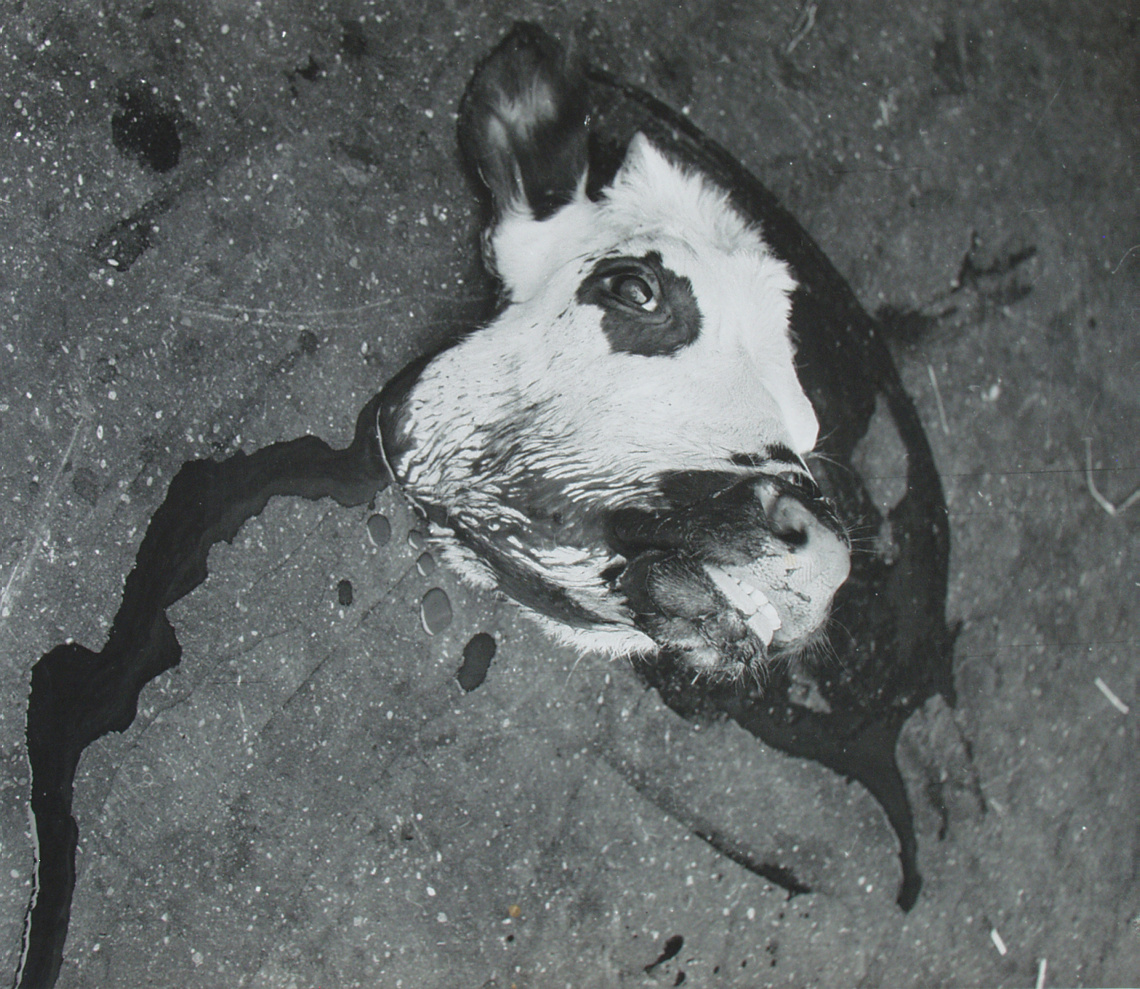Week 4 - 2020

Madame d’Ora: A calfs head, from the slaughterhouse series, Paris 19. Preus museum Collection
The History of Bestiality
The International Holocaust Remembrance Day is commemorated all over the world on the 27th of January.
There are many ways we can process trauma. Dora Philippine Kallmus (1881-1963), known as Madame d’Ora, was born into a wealthy jewish family. Prior to the outbreak of World War 2, Dora made a living as a society photographer in Vienna and Paris. However, when Austria was annexed by Germany in March 1938, the already tightened anti-semitic noose was tightening even further.
Dora was living in Paris at the time, and she tried gaining a visa for her sister Anna in Austria. However, this proved impossible. Friends or clients couldn’t help or wouldn't help, and the embassy deferred all applications. In the end Anna was deported. She died in the concentration camp shortly after. In 1942 Dora was herself aided out of Paris. She hid in Southern France until the end of the war.
After she returned to Paris, the now over 60 year old photographer tried to earn enough for a living as well as finding a way to process her prevailing trauma; the shock caused by the evil acts of war, and her grief over the loss of her sister and family. Against this background the slaughterhouse-series emerged. This series of images are pure documentary images of animals killed, severed and modified, illustrating the brutal reality behind food production. However, they also act as symbolic imagery for something else entirely: of the evil responsible for the organised murders of 6 million jews.




